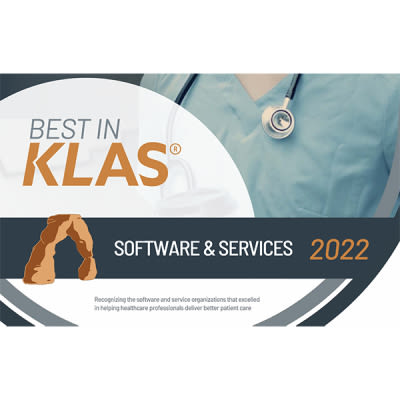Healthcare organisations need to think big when planning and outlining their goals for implementing an enterprise imaging system. As far as radiology is concerned, there is really no limit to what can be achieved in terms of improved workflow, increased productivity and better output.
At its very basic, enterprise imaging systems bring together patient data into one place instead of data scattered in numerous fragmented and disconnected departmental siloes.
The term enterprise in enterprise imaging is not limited to a hospital or a trust but applies to different healthcare networks spread across wider geographical areas. The vision of enterprise imaging is to make patient data and information available to clinicians regardless of where they were initially treated. This can help improve workflow and optimise the use of radiologists.
Many healthcare organisations hesitate because of budget constraints, but the important thing here is to understand that technology is a long-term investment that is designed to deliver efficiency. As long as organisations have a clear direction and realistic and logical strategic goals, the implementation process should be fairly smooth. The cost involved in implementing AI is not an expense but an investment that will allow healthcare organisations to improve patient care, improve access to information and improve patient outcomes.
The digital transformation of healthcare is inevitable. There will be continued growth in the use of AI; improved data analytics will continue to be an area of interest; ensuring workflow efficiency and preventing radiologist burnout will continue to be important goals. Enterprise Imaging works. Enterprise Imaging can make this happen. That is why healthcare organisations that want to improve operational and clinical efficiencies must implement a successful enterprise imaging strategy and think big. The system is not confined to one department. It has the potential to cross boundaries and borders - radiology, cardiology, POCUS, endoscopy, ophthalmology - all of these areas produce and use patient imaging records. The more comprehensive the implementation, the better the utilisation of imaging data and improved clinical decision making.
Enterprise Imaging works. It allows cross-sites to operate more efficiently. It allows clinicians to consult with each other, share tasks, draw on their areas of expertise and ultimately provide high-quality care through improved decision making and better utilisation of resources and patient information.
Source: Agfa HealthCare
Image Credit: Agfa HealthCare



















